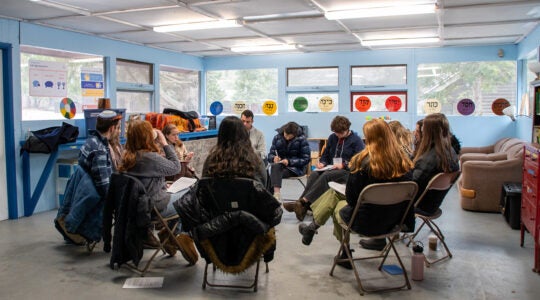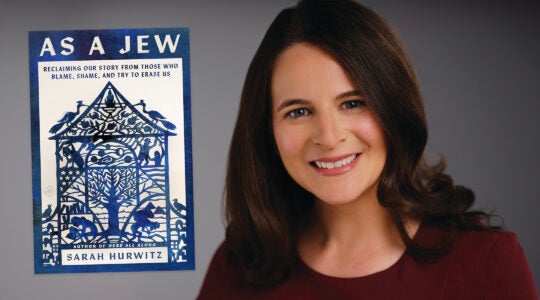Predictably, New York Governor Andrew Cuomo’s plan to grant some relief to parents of nonpublic school children as they struggle to shoulder the costs of tuition has come under attack from public school union leaders, like American Federation of Teachers president Randi Weingarten in this venue recently. (“Supporting Public Education Is A Jewish Value,” online Opinion.)
Ms. Weingarten portrays the situation as a zero-sum game, and proponents of the governor’s plan as unconcerned with the nation’s public schools.
No redder herrings have ever graced a trail.
All Americans, including those of us who choose private schools for our children, have a stake in a healthy public school system. We know that the vast majority of the nation’s children will be educated within the walls of public schools, and that, thus, the tenor of American society will depend on the quality of education in public schools.
No one wishes to deprive the public school system of any of the funding it deserves. And if the New York Education Department’s current annual $20.6 billion Operating Budget (plus its $12.8 billion five-year Capital Plan Budget to cover costs associated with building new schools, renovating existing buildings and investing in other new assets within school buildings,) is insufficient for providing a quality education to New York’s public school children, it should be increased
That, however, has nothing to do with the issue of helping parents who, for religious or other reasons, choose private schools for their children. The approximately 400,000 students in New York nonpublic schools are 400,000 children who are not costing the state the more than $20,000 per student that goes toward each public school child. There are modest entitlements that the state provides nonpublic school children, in the form of transportation, textbooks and special education programs. But the heavy burden of tuition for such kids falls on their parents.
Many of them are lower- or middle-class. And so the governor’s plan will set aside $70 million to give low-income parents a modest $500 per child tax credit. It will also establish a $50 million, 75% tax credit for contributions to scholarship funds to benefit low and middle income parents. Note the “m” in “millions,” as opposed to the “b” in the “billions” that comprise the Department of Education’s Operating Budget noted above.
There are, as it happens, also substantial funds in the governor’s plan earmarked for public schools, notably a $20 million tax credit to improve public education and a $10 million one to reimburse public school teachers for supplies expenditures.
The governor’s plan, therefore, “yank[s] the ladder of opportunity out from under” no one. It simply provides some degree of aid to parents of children in nonpublic schools – without in any way affecting the tens of billions of dollars earmarked for New York’s public schools.
Ms. Weingarten suggests that commitment to public education “must be embedded in the precepts and values of our religion.” To be sure, concern about the wellbeing of others, especially children, is a high Jewish ideal. If Jewish values, though, are important to perpetuate, it would seem that a reasonable path to that goal would be helping needy Jewish parents afford Jewish educations for their children. UJA-Federation, which has spoken out in favor of the governor’s plan, certainly sees it that way.
Moreover, another fundamental Jewish ideal is “mishpat,” which might best be translated as “fairness.” Applied to children – all children – in New York schools, that ideal would seem to lead toward rectifying, to whatever degree possible, a disturbing fact. Namely that the approximately 15 percent of New York parents who educate their children in nonpublic schools, which must comply with a host of state curriculum, testing and attendance rules and expenses, are taxed like all citizens, save the public school system millions each year, and yet receive a pittance in government assistance for their children’s education relative to what all public school students’ parents effectively receive.
Why Ms. Weingarten seems to see helping some American children – including those in Jewish elementary and high schools – in a constitutionally permitted matter as somehow less worthy than helping other American children is a mystery. But she would do well to ponder the truism that nonpublic school children are children too.
Or, as Ms. Weingarten herself writes, most poignantly, “The American dream belongs to us all.”
Rabbi Avi Shafran is director of public affairs for Agudath Israel of America
The New York Jewish Week brings you the stories behind the headlines, keeping you connected to Jewish life in New York. Help sustain the reporting you trust by donating today.





